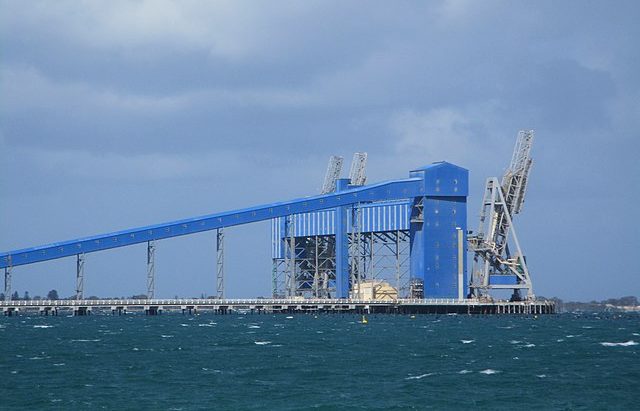CMA CGM Osiris on June 18, 2025 gained passage via the Suez Canal, ending 15 months of huge vessel absence, critical for grain shipping.
Inbound from Singapore, the 154,000-tonne 366-meter long ship weighed in at the Alexandria port via the Bab el-Mandeb Strait.
Osama Rabie, head of the Suez Canal Authority, linked the breakthrough to a limited 15% docking discount for vessels weighing above 130,000 tonnes.
The discount is strategic at a time when terror threats from the Houthis and the current Israel-Iran friction have exacerbated shipping costs.
Grain Cargo Rates Still Surging
Meanwhile, ocean-freight passage costs, including for grain cargo, are still elevated.
According to Translogistics Incorporation, in the week ending June 13, 2025, shipping rates from Asia to Europe climbed 6% week-on-week.
June 2025 rates on the Mediterranean-Asia route (mostly circumnavigating via South Africa) were 24% above May’s.
Beginning January 2024, corn and wheat shipment diversion costs via the Cape of Good Hope had risen to $24,000 per 82,000 deadweight tonnes (dwt).
Beforehand, direct cargo route passage over the Red Sea cost $18,000 for the same weight range.
Europe’s key agricultural product that passes through the corridor is wheat, where around 700,000 tonnes pass each 15 days. By January 18, 2024, however, that volume had diminished by 40% to 500,000 tonnes as diversions elevated route expenses.
Many ships opted to go the long way despite the costs to escape threats, reducing Suez Canal’s traffic considerably since 2023.
Between January and April 2025, only 647 medium container vessels navigated the Suez Canal from 550 ships per month.
Now that large container ships have plucked up courage to pass through the corridor, could this be signaling trade stability for the Suez Canal? The statistics below supply partial answers by looking at past agricultural trade passage data.
Suez Canal Agricultural Transit Statistics
Strategically situated on the Mediterranean exit, the Suez Canal at 120 miles long offers the easiest route for shipping Asia-Europe ocean-freight. It cuts the shipping duration of alternative trans-Atlantic routes from Europe to Asia and vice versa by up to 14 days. For this reason, it boasts a huge share of 22% to 30% of all container shipping trade, worldwide. Besides, it accounts for 10% of the world’s seaborne mercantile volumes each year, according to the UNCTAD. On a single product basis, the Suez Canal facilitates the passage of 20% of the world’s ocean-bound fertilizers annually.
How important is the Red Sea Route for agricultural trade?
Although other merchandise such as oil from the Gulf of Aden pass here, the Suez Canal is key for agricultural goods’ transit. For instance, the Geneva-based CHS logistics agency cites that 10% of its annual 350 grain/fertilizer shipping bookings use the Suez Canal. In a normal month, grain and oilseed transit on the Red Sea amount to 7.2 million tonnes, using November 2023 shipments. While 13% of worldwide ocean-bound grain passes the Suez strait each year, an ever larger 20% share of fertilizers uses the route.
Does the United States use the Suez Canal for grain shipments?
Even the United States sometimes abandons the shorter but congested Panama Canal for its corn and wheat shipments to East Asia. According to the U.S. Department of Agriculture (USDA), 17% of American grain shipments to east Asia in the October 16-29, 2022 period used the Suez Canal. In October 15-28, 2023, the Suez route accounted for 87% of all U.S.-East Asia grain shipments at 2.0827 million tonnes. This is even while 13% or 209,727 tonnes gained passage over the then congested Panama Canal.
